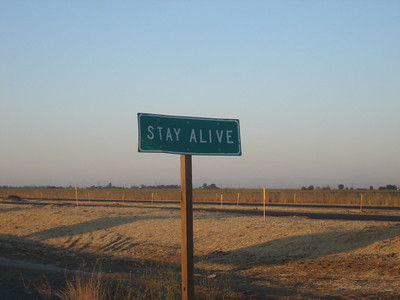Yesterday, I wrote about the potential dangers of viewing community college academic programs as profit centers. A community does not fund a college to make money – at least not directly. A community college – and the students who attend it – represent a long-term investment by the community in its residents.
So, defining academic programs as profit centers directly conflicts with the community’s overall investment plan. Problems start when administrators shift the focus of college operations from the community to the college’s annual bottom line. By separating a program’s value to the community from its cost to operate, community college administrators deny the community its rightful return-on-investment.
Using yesterday’s example, the cost of EMT training in Montgomery, AL does not change that community’s need for EMS personnel at all. The cost is irrelevant because Montgomery needs EMS personnel. The community has willingly funded the community college and all its academic programs. Community members did so knowing that certain types of education are both expensive and necessary for the good of the community.
Having nurses in the community outweighs the cost of a nursing program. Similarly, the value of having auto mechanics, welders, computer programmers, and IT technicians in the community outweighs the cost of the academic programs to train them.
Community college administration should adhere to its own standards
Demanding profit from a degree program denies the community the benefit that would result from its voluntary subsidy. “Responsible stewardship of the taxpayer’s dollar” requires a clear understanding of the taxpayer’s initial motive for providing the dollar. Naturally, the taxpayers expect something in return for their investment. But that expectation does not reside in community college financial statements. Instead, it lies in the community.
Does the community have enough nurses? Mechanics? Welders? Bookkeepers? Childcare workers? EMS workers? If yes, then the community has the desired return on its investment. But if the community does not have enough of these (and other) workers, and the community college administration terminates these academic programs because they do not support themselves, the community can NEVER get its ROI.
Ironically, the focus on turning a profit does not extend to the administration itself. Administrators never require themselves to generate revenue that equals or exceeds their own salary and benefits costs. They do not see their own hyper-inflated salaries, benefits, deferred compensation, bonuses, allowances, and incentives as integral to the institution’s financial imbalances. They chronically overestimate their own value and scurry around looking to cut “costs” when institutional expenses exceed income.
In their haste to make themselves look like competent businesspeople, administrators cannot see their cuts to instruction as failures. But they are failures of the highest order because they impair the community’s long-term ability to sustain itself.
Trustees should never accept cuts to instruction as a stop-gap budget measure. The cost of instruction is rarely the problem at a community college, but the cost of administration often is.
Photo Credit: Peretz Partensky, via Flickr






















